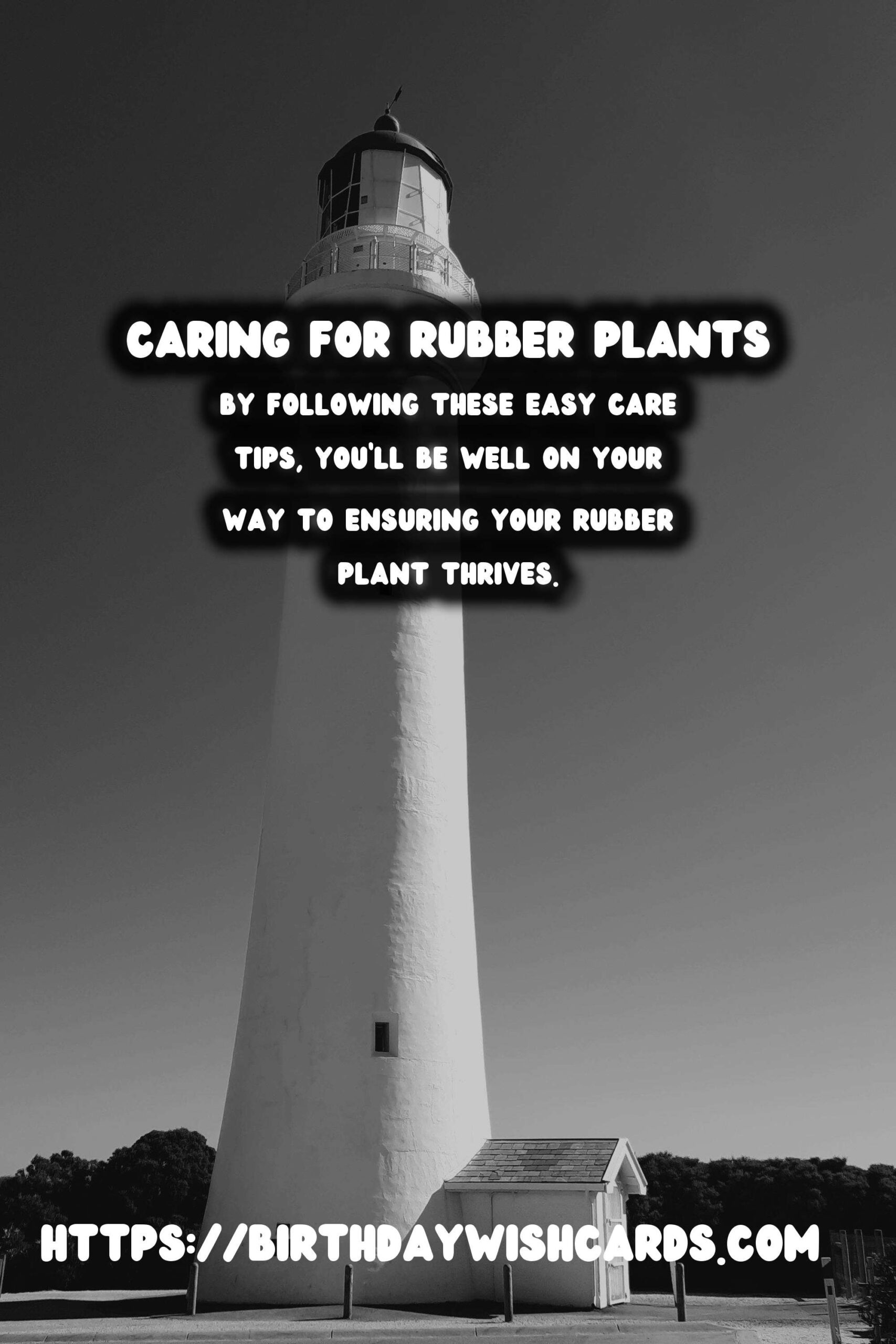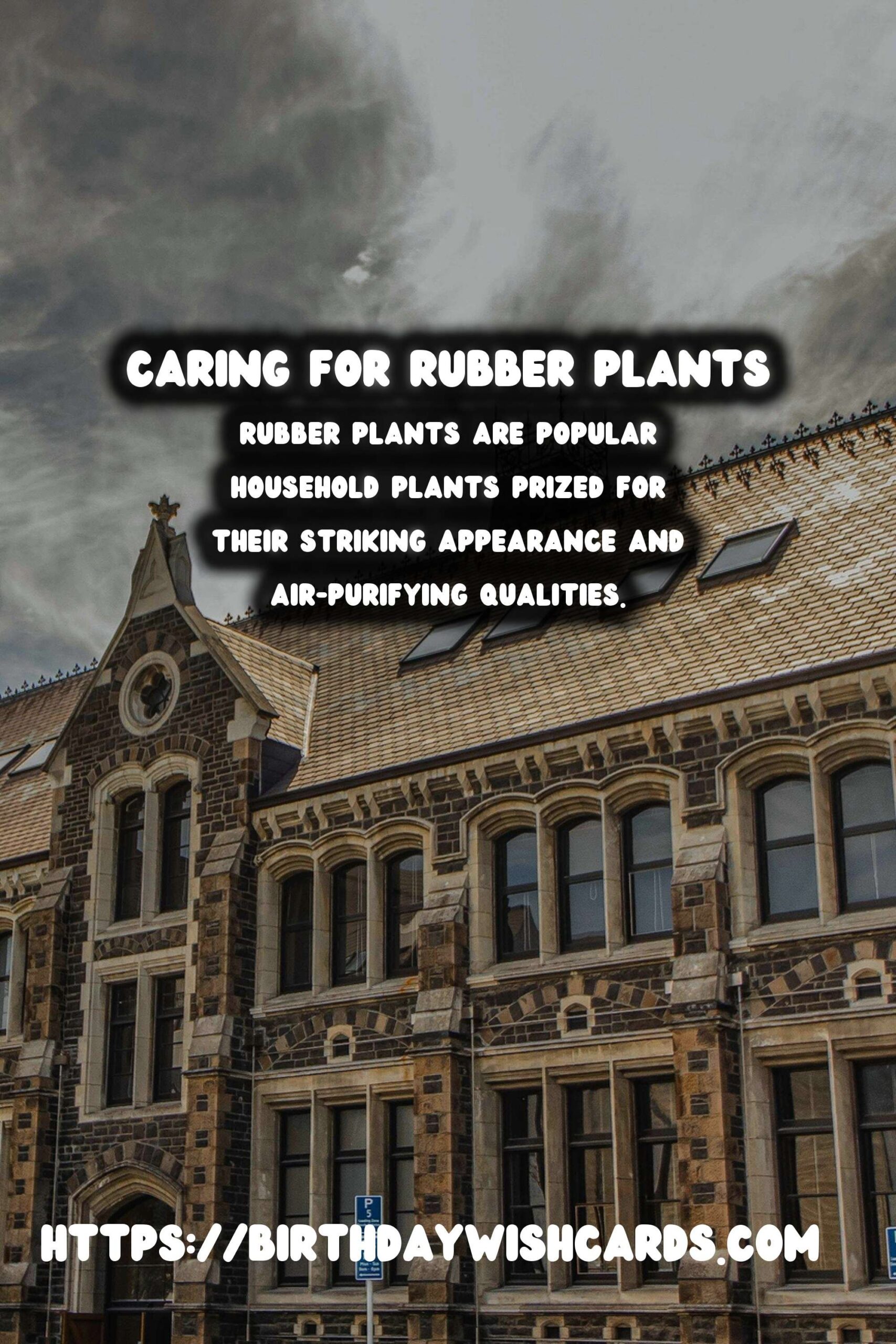
Rubber plants, scientifically known as Ficus elastica, are popular household plants prized for their striking appearance and air-purifying qualities. These lush, evergreen plants are not only attractive but also relatively low-maintenance, making them perfect for both beginner and seasoned plant enthusiasts. In this guide, we will explore some easy care tips to ensure your rubber plant thrives in any indoor space.
Understanding the Rubber Plant
Before diving into care requirements, it’s essential to understand the natural habitat and characteristics of the rubber plant. Originating from the tropical regions of Asia, rubber plants thrive in warm and humid conditions with ample indirect sunlight. This backdrop informs the specific care steps needed to keep them healthy indoors.
Light Requirements
Rubber plants prefer bright, indirect light. While they can tolerate lower light conditions, their growth might slow down, and the leaves can become dull. To thrive, place your rubber plant near a window with filtered sunlight. Avoid direct sunlight as it can scorch the leaves, leading to brown spots.
Watering Guidelines
One of the most crucial aspects of rubber plant care is watering. Allow the top inch of the soil to dry out before watering again. Overwatering can lead to root rot, which is a common issue with indoor plants. To prevent this, ensure your pot has adequate drainage and never let the plant sit in water for extended periods.
Humidity and Temperature
Rubber plants appreciate a humid environment. If your home is dry, especially during winter months, consider using a humidifier or placing a tray with water and pebbles near the plant. Ensure that the temperature remains between 60°F to 80°F, as extreme fluctuations can stress the plant.
Pest Management
While rubber plants are relatively pest-resistant, they can occasionally attract pests like spider mites and mealybugs. Regularly inspect the leaves and stems for any signs of infestation. If pests are present, gently wipe the leaves with a damp cloth or use a neem oil solution as a natural repellent.
Feeding and Soil
Use a well-draining potting mix to ensure the roots are not over-saturated. Feed your rubber plant with a balanced liquid fertilizer every month during the growing season (spring and summer). In fall and winter, reduce feeding frequency as the plant’s growth slows down.
Pruning and Repotting
Pruning helps maintain the shape and size of your rubber plant. Remove any dead or damaged leaves regularly. Repotting is usually necessary every two years to provide fresh soil and adequate space for growing roots. Choose a pot that is 1-2 inches larger in diameter than the current one.
Conclusion
Caring for a rubber plant can be an immensely rewarding experience as these stunning plants add beauty and life to any room. By following these easy care tips, you’ll be well on your way to ensuring your rubber plant thrives. Simply provide the right light, water, and environment, and enjoy watching your plant flourish.
Rubber plants are popular household plants prized for their striking appearance and air-purifying qualities. By following these easy care tips, you’ll be well on your way to ensuring your rubber plant thrives. 









#RubberPlantCare #Houseplants



